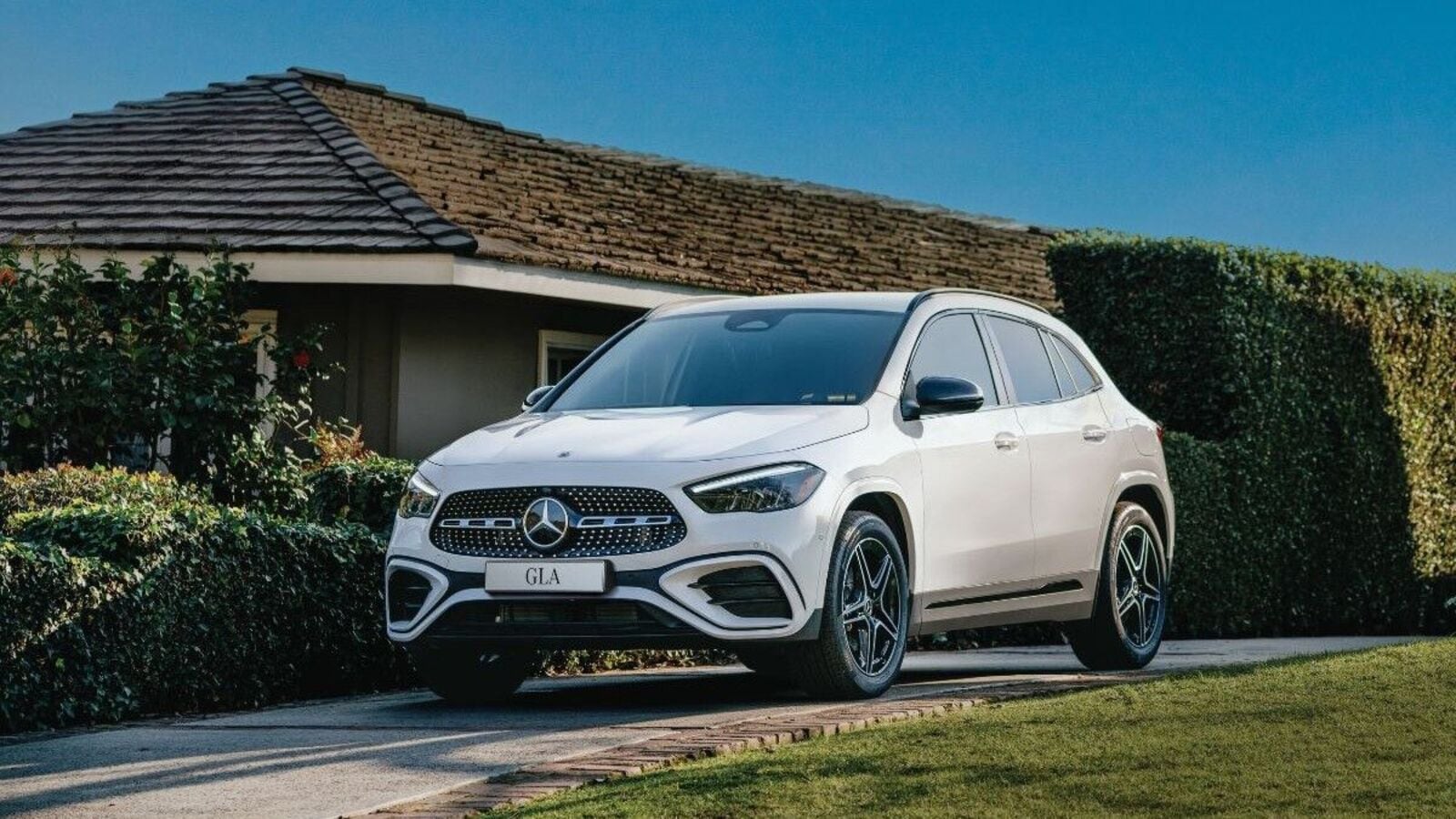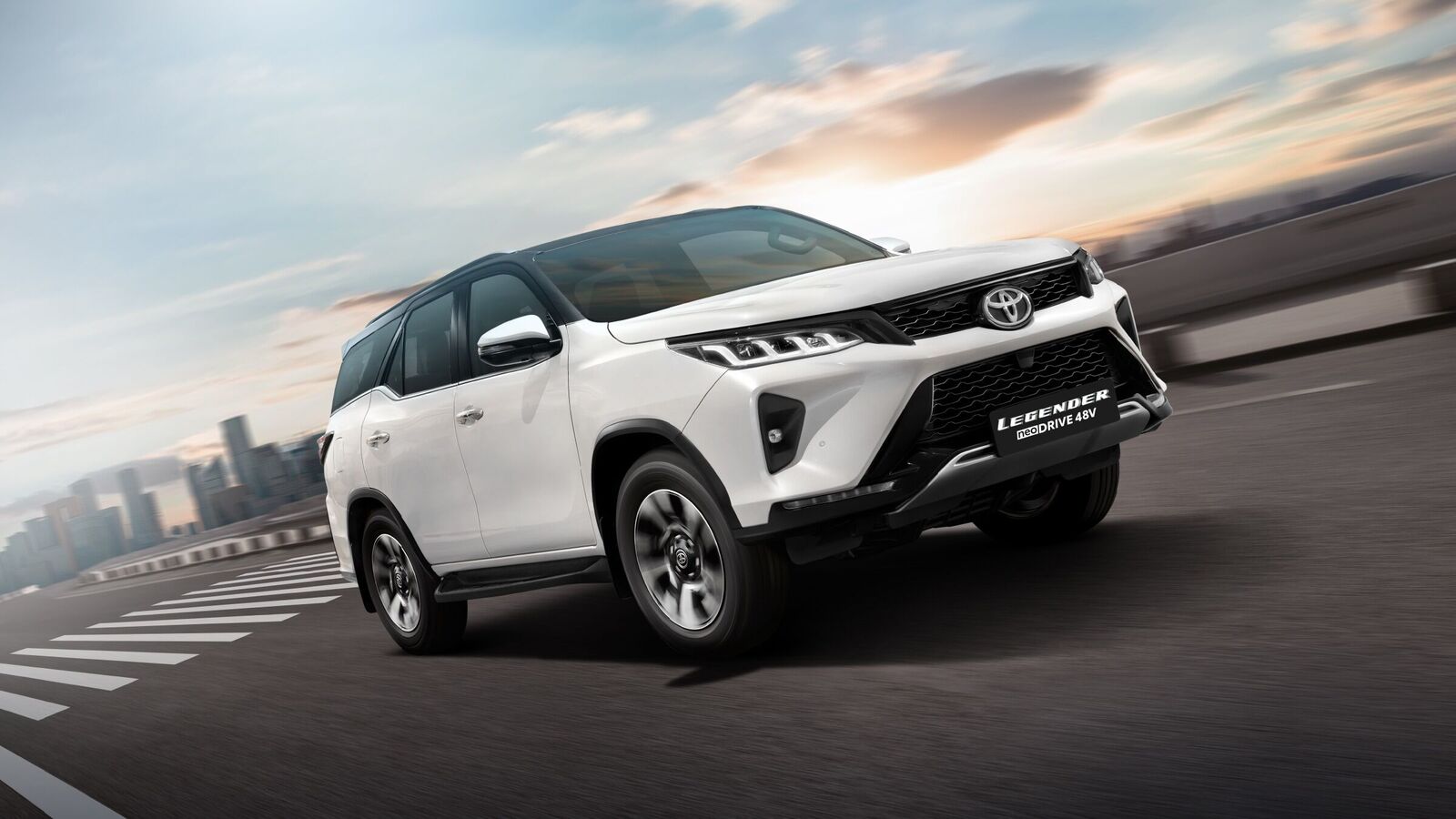Overview
POLESTAR has officially launched its Polestar 4 coupe-SUV in Australia this month, the model slotting between the Polestar 2 and Polestar 3 both in terms of size and price.
Available now from $81,500 plus on-road costs, the Polestar 4 is characterised by its windowless rear-end, dual blade headlights with Polestar’s unique lighting signature and illuminated Polestar emblem, low frontal mask, retractable door handles, flush DLO with frameless door glass, rear aero blades, and rear light bar.
The Polestar 4 is built on the Geely-developed Sustainable Experience Architecture (SEA) platform and measures 4840mm in length, 2139mm in width, and 1534mm in height while riding on a 2139mm wheelbase.
Polestar says the dimensions offer the Polestar 4 “generous interior proportions” that are “especially evident in the rear”. The rear seats are electrically reclinable and are complemented by adjustable ambient lighting that is said to be inspired by the solar system.
Overhead, a full-size glass roof creates a “truly unique experience”, one that is enhanced in the second row by a media and climate control screen mounted between the front seats.
Further forward we find the rear-view mirror replaced by a high-definition screen that shows a real-time view of following traffic. The dashboard further features an Android-powered infotainment system (with both Android Auto and Apple CarPlay connectivity) and the latest Snapdragon processing power, all accessed via a 15.4-inch landscape-oriented touchscreen.
With Google built-in, including Google Assistant, Google Maps and Google Play, the Polestar 4 is nothing if not connected, the system topped with an optional Harman Kardon audio system with 12 speakers and 1400-watt channel-hybrid amplifier. An additional two headrest speakers are added to each front seat with the optional Nappa Pack– raising the total to 16.
As with other Polestar cars, regular over-the-air (OTA) updates allow for new features and improvements to be sent remotely to all vehicles, removing the need to visit a workshop to gain the latest software.
The Polestar 4 is the fastest production car to yet be available from Polestar, with a claimed 0-100km/h time of 3.8 seconds listed. Maximum power is rated at 400kW with drive coming from permanent magnet, synchronous design motors.
Single- and dual-motor configurations are available, the former delivering 200kW and 343Nm to the rear wheels with a preliminary range target of up to 610km (WLTP). The dual motor variant offering promising 400kW and 686Nm via all-wheel drive and a range target of 580km (WLTP).
Power is supplied by a 100kWh battery pack in both instances with up to 22kW of AC charging and 200kW of DC charging available. Bi-directional charging hardware is included, with vehicle-to-load (V2L) functionality planned to be made available later.
A heat pump is fitted as standard, allowing the car to capitalise on ambient heat when preconditioning the cabin and battery.
Further, Polestar says the dual-motor ‘4’ features a disconnect clutch that allows the car to disengage the front electric motor when not needed, to maximise range and efficiency, while a new drive optimisation function allows the driver to select between Range or Performance driving modes.
Despite the high output and performance, Polestar claims “control and confidence are always key factors” in offering an enjoyable daily drive experience and has equipped the dual-motor version with semi-active suspension “for an additional layer of adjustment between comfort and performance dynamics”.
Alloy wheel sizes range from 20- to 22-inches in diameter with tyres supplied by Pirelli and Michelin, depending on configuration. Driving dynamics are said to be “true to the Polestar brand (with) sharp steering and handling responses”.
The Polestar 4 arrives with a long list of standard safety inclusions. Highlights see the model fitted with seven airbags, Polestar’s new SuperVision ADAS technology suite, a 10.2-inch instrument panel, 14.7-inch head-up display with snow mode, and an optional Pilot Pack with auto lane change assist.
Elsewhere, the Polestar 4 promises a high level of standard equipment with addition packages tailored to specific needs.
The Plus Pack (+$8000) comprises comfort and technology upgrades, with the Pro Pack (+$2500) adding 21-inch wheels and subtle design details.
The Nappa upgrade can be specified in addition to the Plus Pack and includes animal welfare-secured Nappa leather upholstery with ventilation and massage, additional headrest speakers for the front seats and rear comfort headrests.
The Pilot Pack includes Pilot Assist and its extended features and is include as standard in Australia.
The Performance Pack (+$7200) increases the performance look and driving experience of the dual motor version, with 22-inch wheels, four-piston Brembo brakes, Polestar Engineered performance chassis tuning and Swedish gold details for the brakes, seat belts and valve caps.
Drive Impressions
Those of you with a sharp memory might recall that our international launch review of the Polestar was somewhat fraught by the fact the pre-production vehicles on test were running a mismatched combination of suspension components and software that delivered a less-than-ideal impression of the car.
You need to put that impression behind you.
With the ‘correct’ (EU specification) steering and suspension arrangement now in effect the Polestar 4 is entirely transformed, proving not only cunningly quick, but agile and suitably composed – two points we think will gel with premium electric SUV buyers in the land Down Under.
The Polestar 4 carries – and indeed masks – its not insignificant weight remarkably well, proving playful on the winding roads of the Adelaide Hills experienced on launch. The dual motor is expectedly brisk and tenaciously grippy; but if you think the rear-motor is a slouch, then think again…
If we were to say we were surprised by the single motor offering it would be an understatement. The car is beautifully balanced and eager to point at sharper corners, the reaction to throttle and brake inputs in tune with the driver’s command, and telegraphed clearly through the seat and steering to ensure you don’t miss a trick.
As was noted overseas, the Polestar 4 is also especially quiet, which can confuse the senses when ‘giving it the berries’. Power delivery is smooth and rapid, with no synthesised rubbish pumped through the speakers. It’s a very pure experience; but one that will require you to keep an eye on the speedo.
We found the electronic seat, mirror and steering column adjustment overly complicated to set, but in contrast, admired the result. The ergonomics are sound and the pedal and steering action hard to fault. The setup means the Polestar 4 is as enjoyable at full tilt as it is in around-town traffic.
While our launch drive was hardly likely to return an energy consumption average representative of daily use, we found the mid-20kWh figure acceptable given the performance at our disposal. In regular driving it’s not hard to expect the Polestar 4 to achieve a more respectable figure.
Which leaves little for us to complain about, really…
It’s certainly not the perfect car – no car is – and it isn’t one that will appeal to everyone. But it does offer a combination of style, speed and sophistication we think Australian EV buyers will appreciate – and one that’s very hard to find elsewhere.
For us, that makes the Polestar 4 something of a standout in the segment. Let’s wait and see how many other Aussie motorists think the same.




